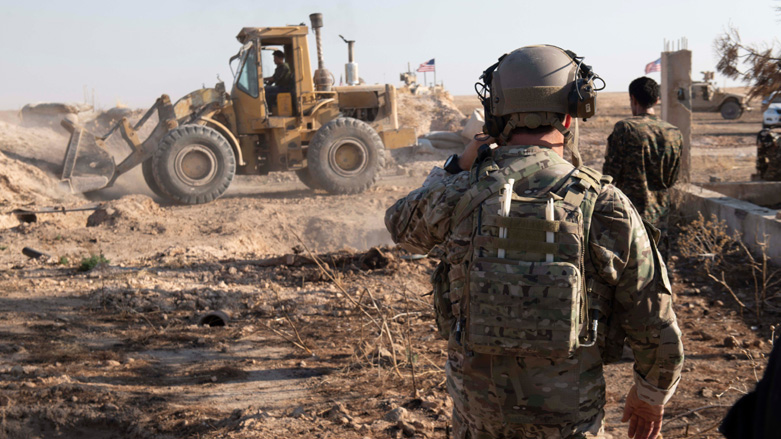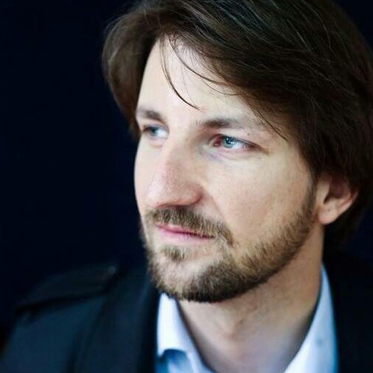YPG withdraws forces from Syrian-Turkish border

ERBIL (Kurdistan 24) – The People’s Protection Units (YPG) this week removed fortifications, forces, and heavy weapons from the northern border area between Serekaniye (Ras al-Ain) and Tal Abyad as part of a new mechanism agreed upon between Turkey and the US.
On Aug. 7, 2019, Turkey and the US agreed on a new security mechanism designed to address the former’s concerns regarding northeastern Syria. On Saturday, the Turkey-US Joint Operations Center (JOC) officially started its work in the province of Şanlıurfa, which borders Kobani.
“On the 24, we began practical steps in Serekaniye (Ras al Ain) and removed some military fortifications and began withdrawing a YPG unit and heavy weaponry to new areas, handing over border points to local forces,” Zidane Al-Assi, Head of the Defense Committee of the Autonomous Administration of North and East Syria, said in a statement on Tuesday.
On Aug. 24, one Turkish and one US general flew on the same helicopter over the area as part of the agreement.
According to the official Twitter account of the US Central Command, the leadership of the US military, the Syrian Democratic Forces (SDF) began dismantling military fortifications on Aug. 22, just one day after a phone call between the US Secretary of Defense and the Turkish Minister of Defense.
“This demonstrates the SDF’s commitment to supporting the implementation of the security mechanism framework,” CENTCOM said.
On Aug. 26, similar steps were taken in the town of Tal Abyad.
“These procedures were done to ensure our commitment to these understandings and to show how we are interested in a reaching a solution by way of a peaceful dialogue with neighboring countries,” the security head al Assi said.

It is also possible that joint US-Turkish border patrols will start in the area between Tal Abyad and Serekaniye in the near future.
Similar US-Turkish patrols were carried out in the past outside of Manbij as part of the Manbij roadmap, which was implemented following a US-Turkish agreement last year.
Also on Thursday, SDF Commander in Chief Mazlum Abdi, in a speech during the first annual SDF conference, said that they would exert all efforts to achieve compatibility with the Turkish state in coordination with the US.
“There are preliminary agreements to establish security in the region through border points and we will be a positive party to this process," he assured.
Brigadier General Nicholas Pond of the International Coalition for Operation Inherent Resolve (CJTFOIR) also spoke and said the US and Turkey will plan and implement security mechanisms from a joint coordination center.
“It will be implemented in stages. It will allow the coalition and you, our partners, to remain focused on achieving an enduring defeat of the Islamic State.”
“This prevents a security vacuum from emerging and addresses the security concerns of our NATO ally.”
Despite Turkish threats against the SDF and its leading Kurdish component, the YPG, which Ankara claims is an off-shoot of the outlawed Kurdistan Workers' Party (PKK), the Syrian Kurdish administration seems optimistic that some agreement with Turkey is possible in the near future, as long as the US-led coalition continues its support.
With that support, Syrian Kurds believe they could likely play a significant role in stabilizing the situation in northeastern Syria, especially given Turkey’s most recent threats to invade it.
Along with the Kurdish self-administration, the SDF is banking on the chance that this will place them in a stronger position in talks with Damascus and increase the chance it will recognize and guarantee the establishment of meaningful Kurdish rights in Syria.
Editing by Nadia Riva
